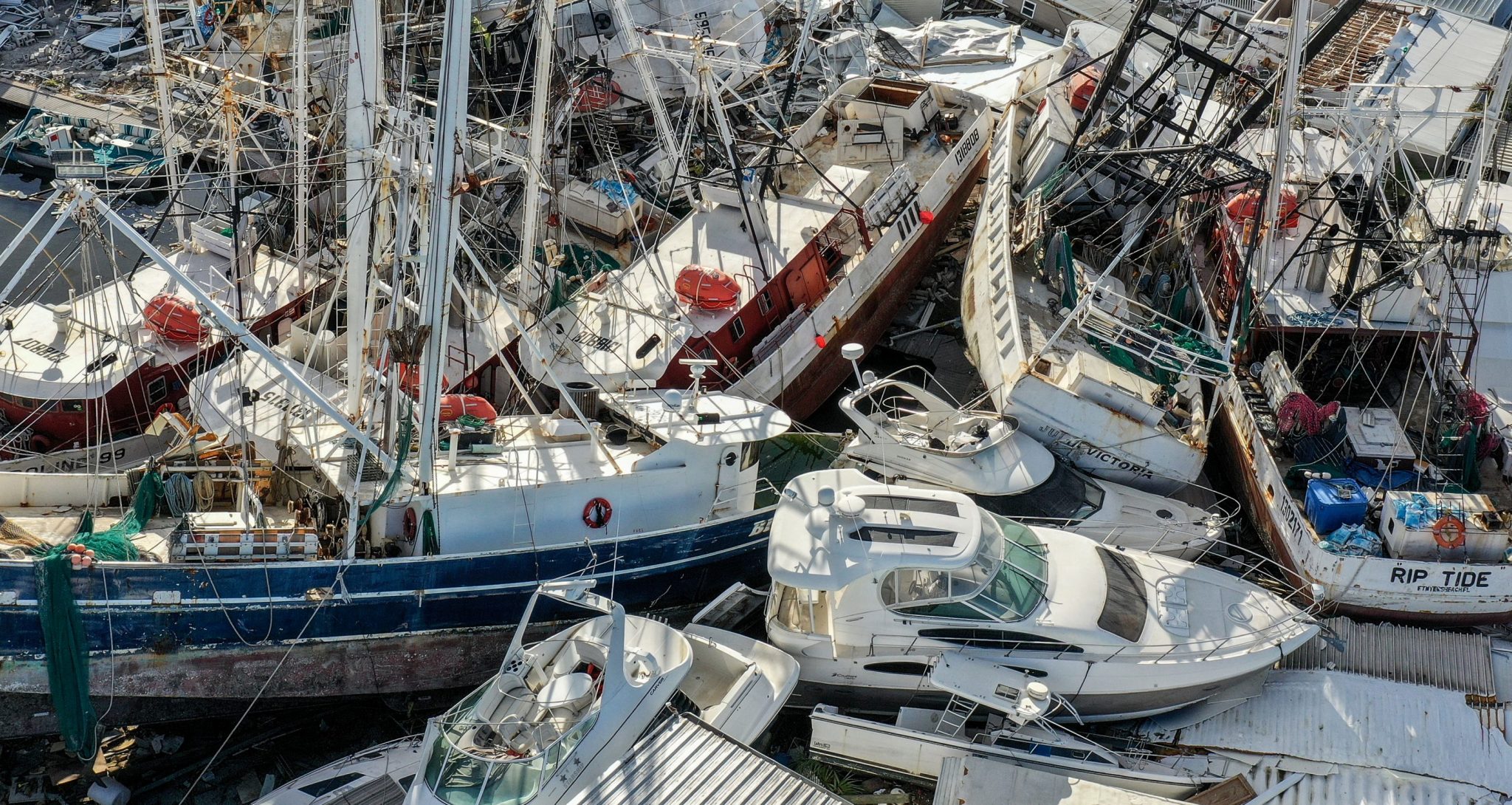
Hurricanes and other climate disasters resulted in damages of $165 billion last year. But that could be just a preview of what’s to come. A new report warns that over the next 30 years, more than 13.4 million properties that are not currently at risk will be exposed to tropical cyclones. And a growing number of those are in the Northeastern United States.
The First Street Foundation, a nonprofit that focuses on analysis risk, says hurricanes will continue to track farther north because of climate change, which will put more people at risk. Although losses will still be minimal compared to Florida and the Gulf Coast, the group says damages in the Northeast are expected to increase by almost 90%, from $123.8 million to $231.2 million. Mid-Atlantic states will see their losses increase by 50% in the coming decades.
Florida, not surprisingly, will remain ground zero for hurricanes in the U.S., accounting for 70% of the nation’s risk, with losses expected to climb from $13.4 billion in 2023 to $14.3 billion in 2053.
It’s not just coastal towns that have to brace for these storms, either. With more hurricanes reaching category 3 or higher, inland cities will also be affected, First Street forecasts.
“Over the next 30 years, the tropical cyclones which develop are more likely to become major hurricanes, with greater intensities, and therefore their effects will reach further inland,” the report read. “While wind exposure and damages are most significant along the coast, they are likely to increase inland drastically in many places that have never before been exposed.”
The average annual loss from hurricane damages is expected to jump from $18.5 billion to $19.9 billion.
2022 was the nation’s third most costly year for natural disasters, according to the National Oceanic and Atmospheric Administration. Hurricane Ian was the most costly event of the year, racking up $112.9 billion in damages (making it second only to 2005’s Hurricane Katrina and Hurricane Harvey in 2017).







